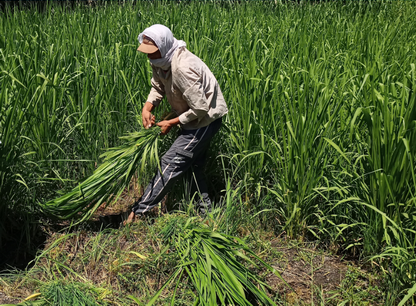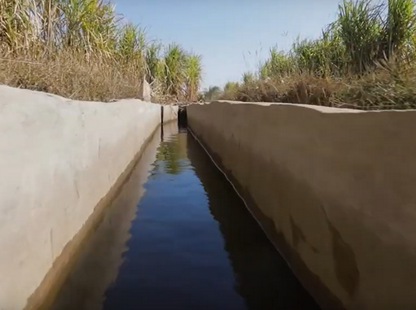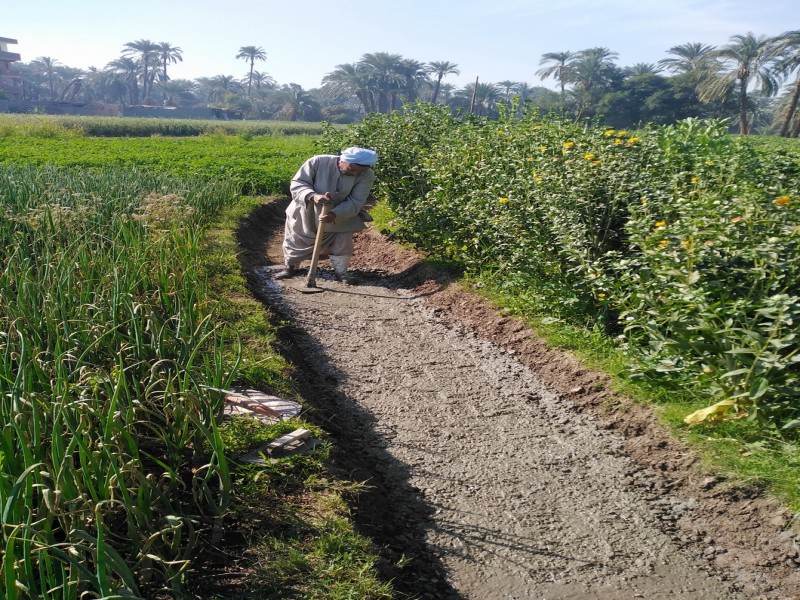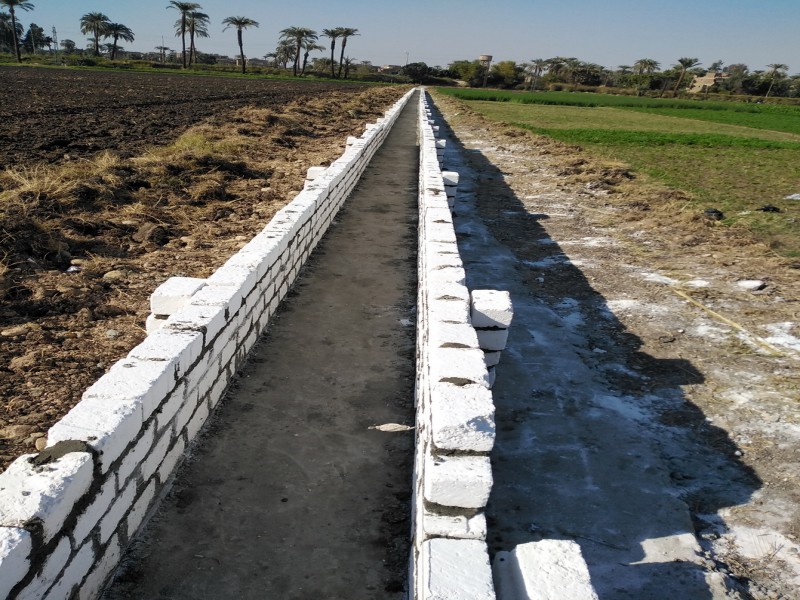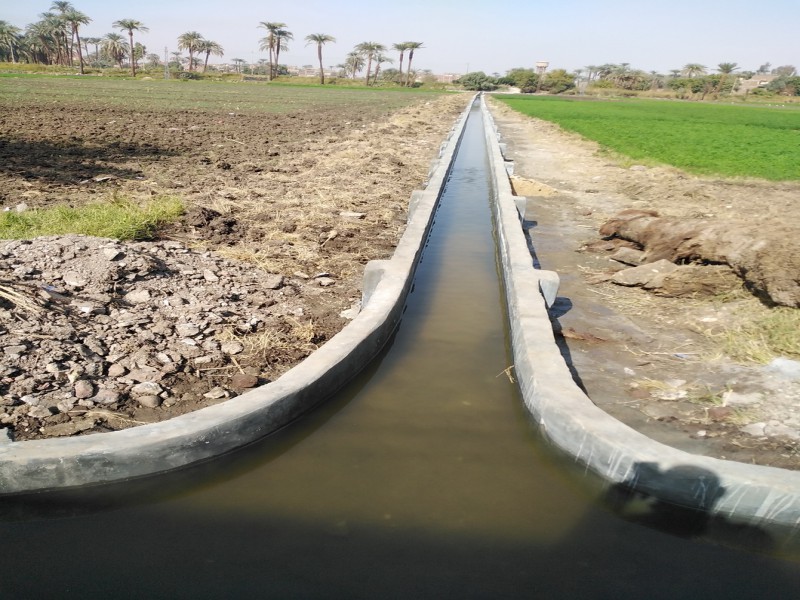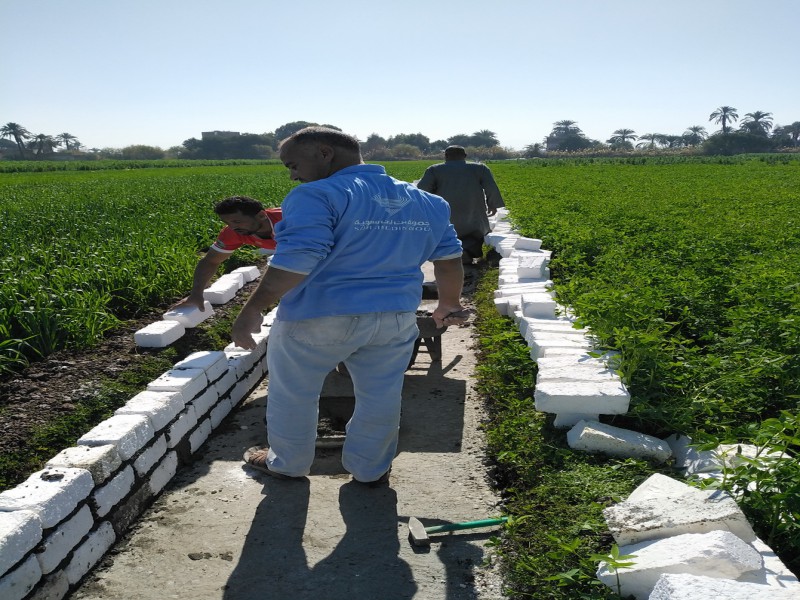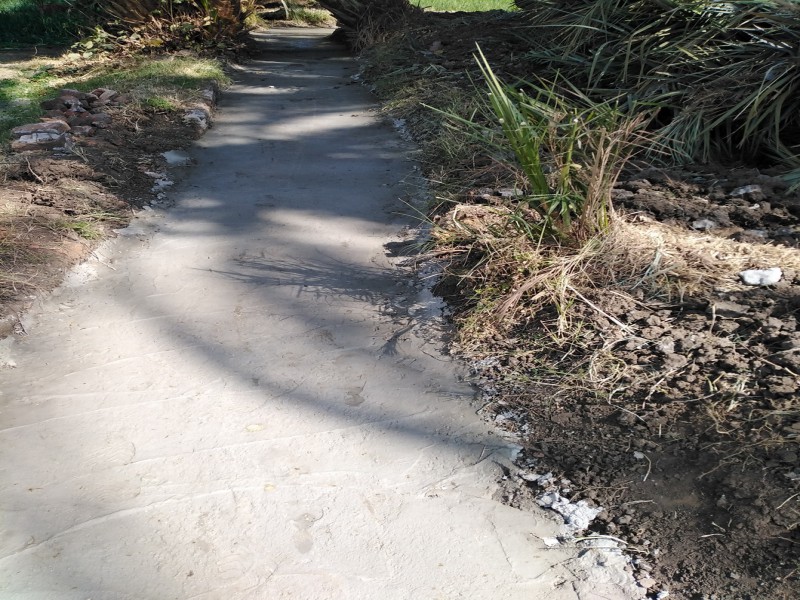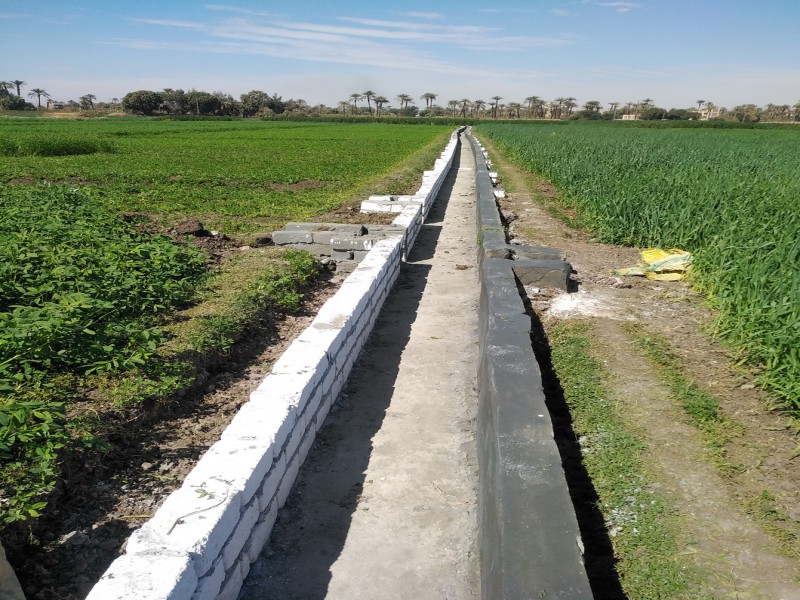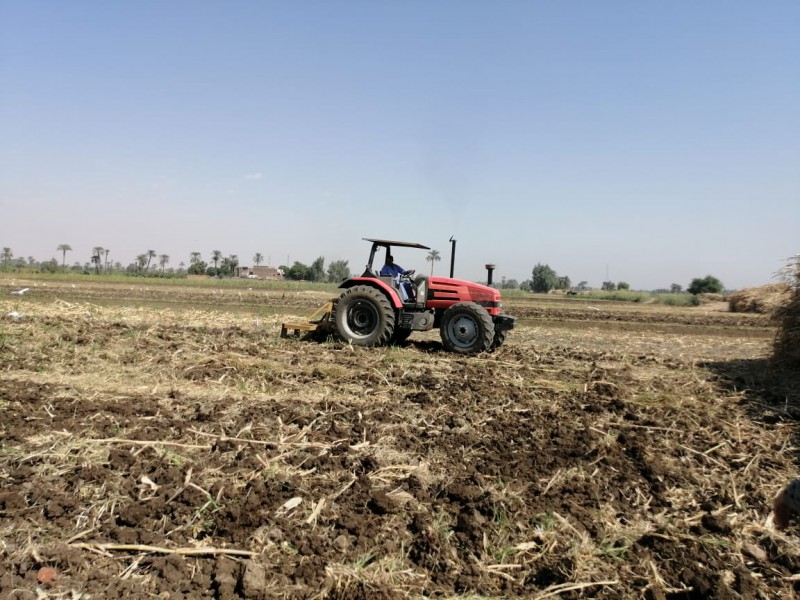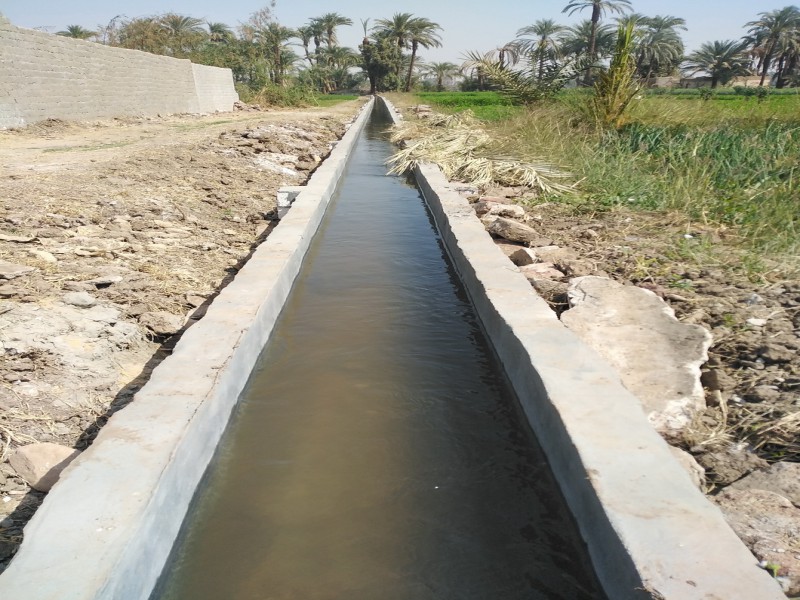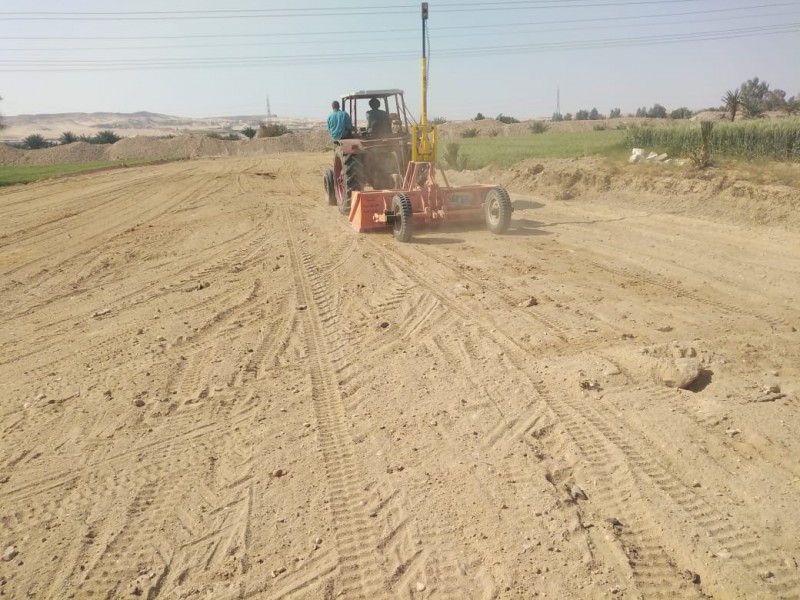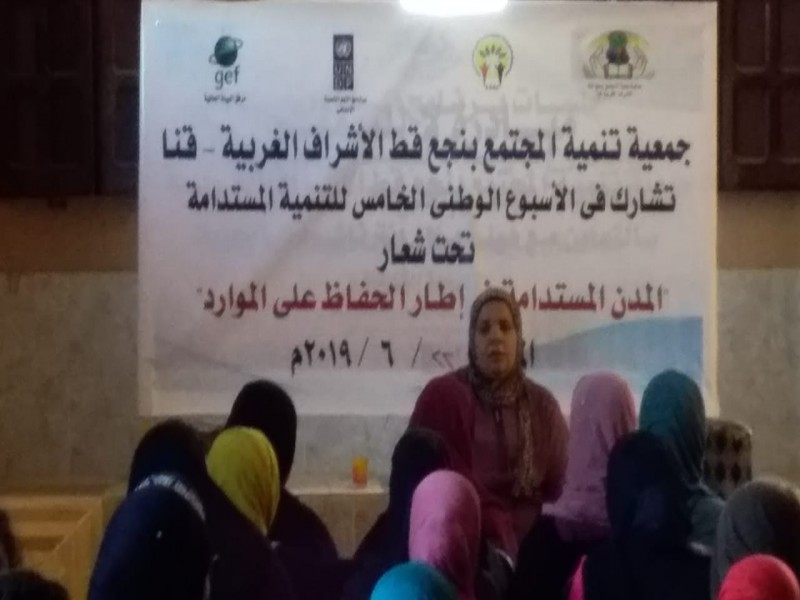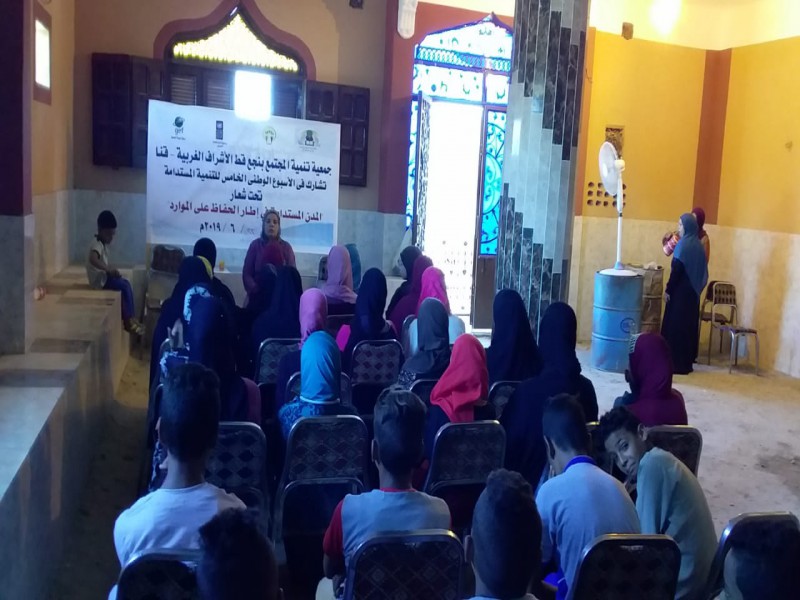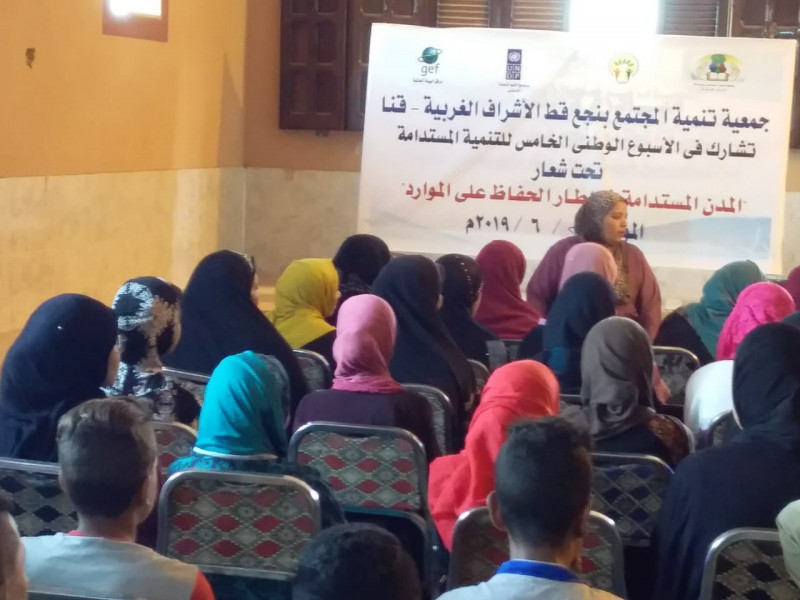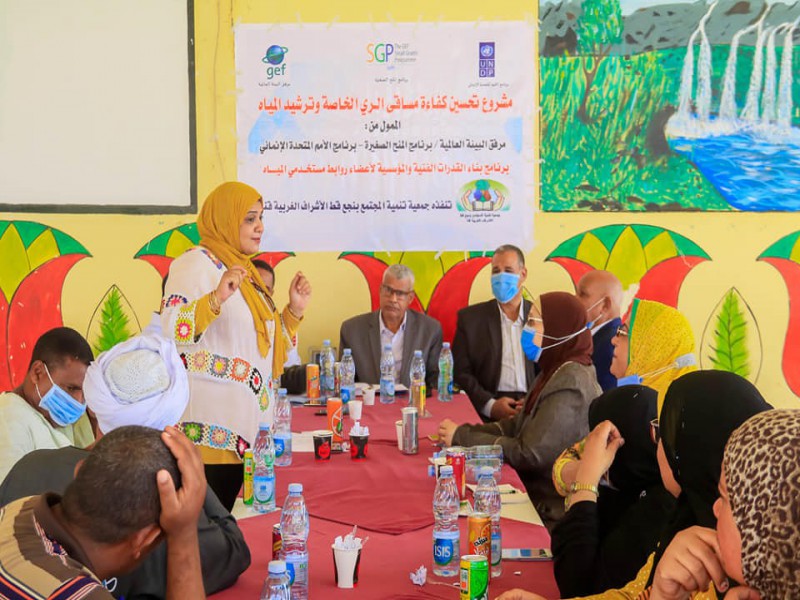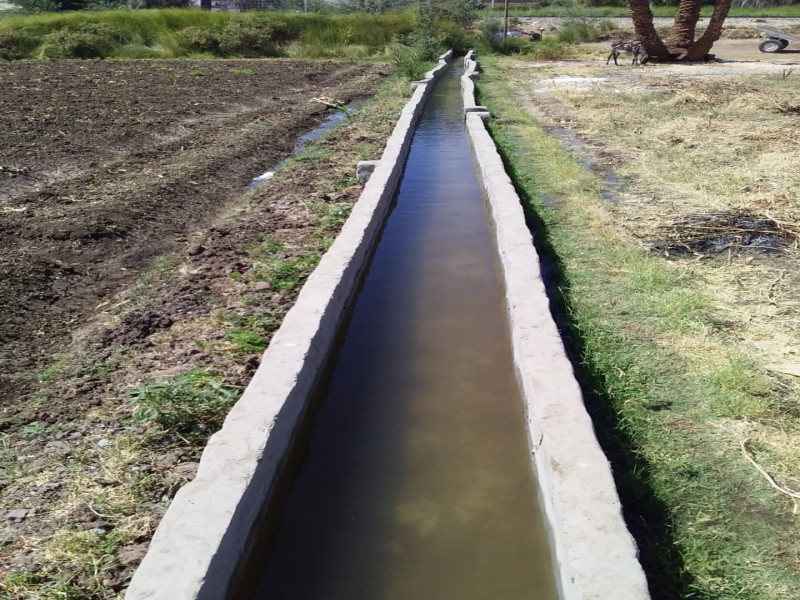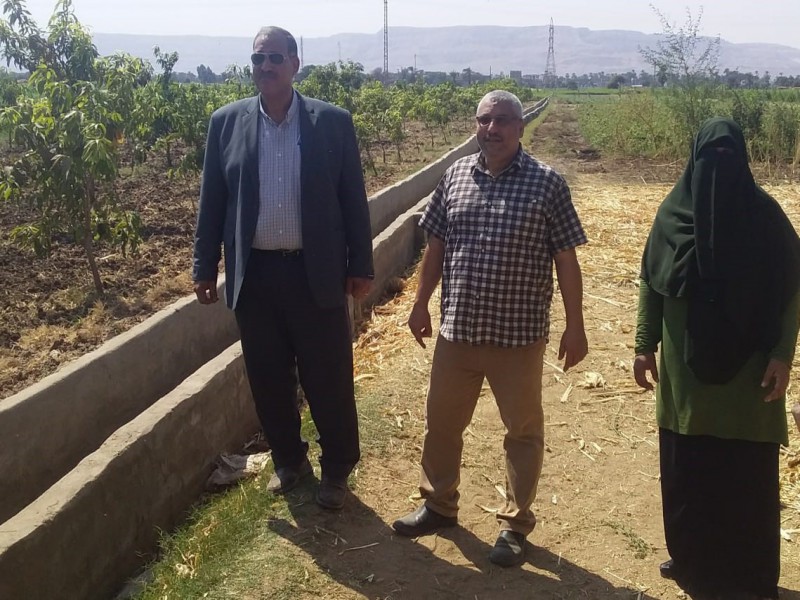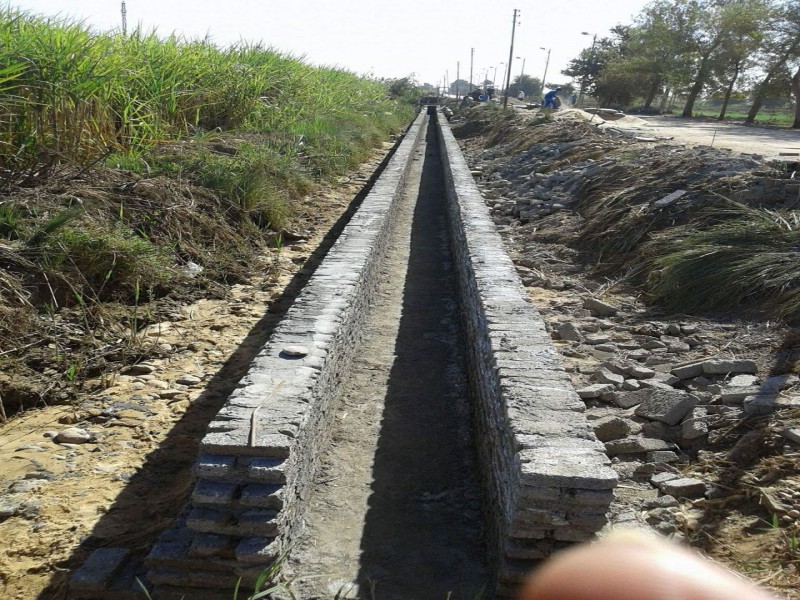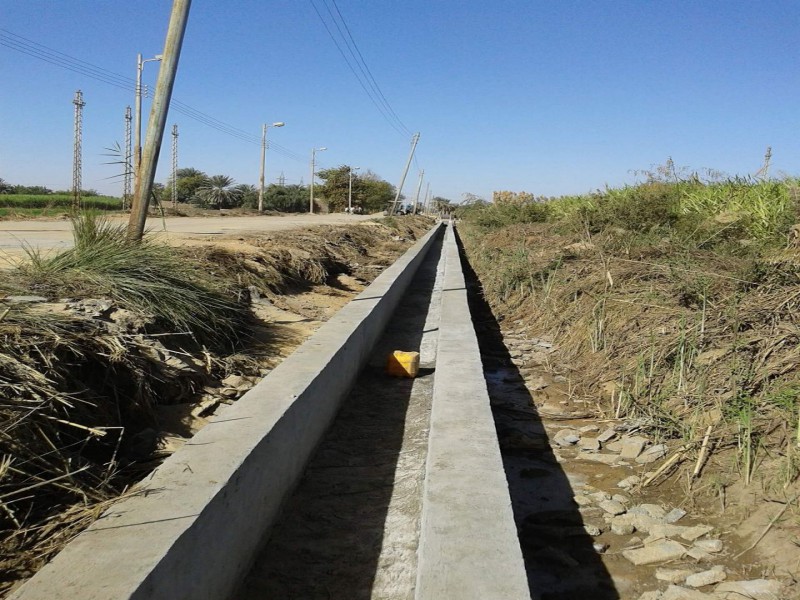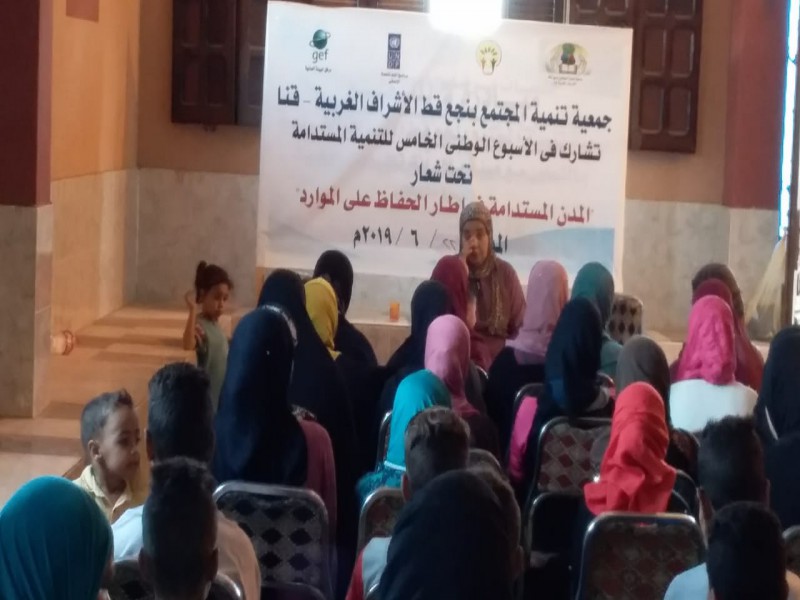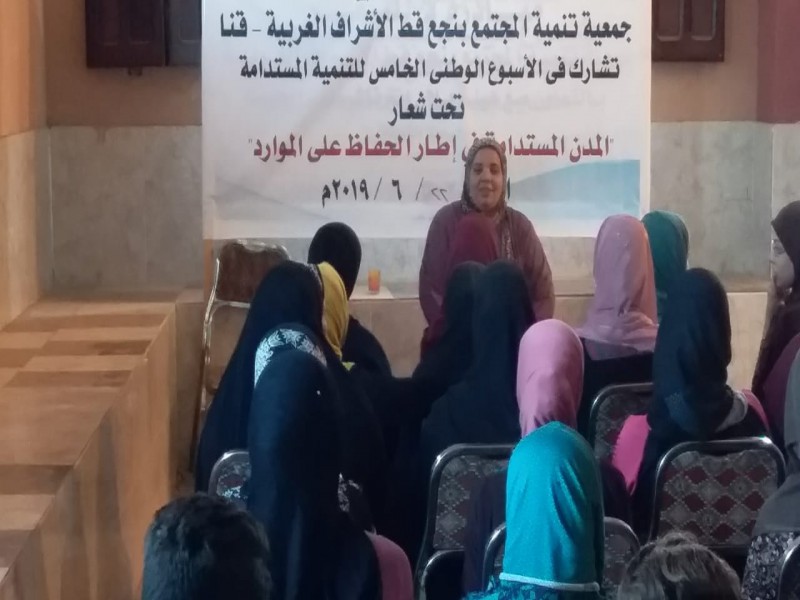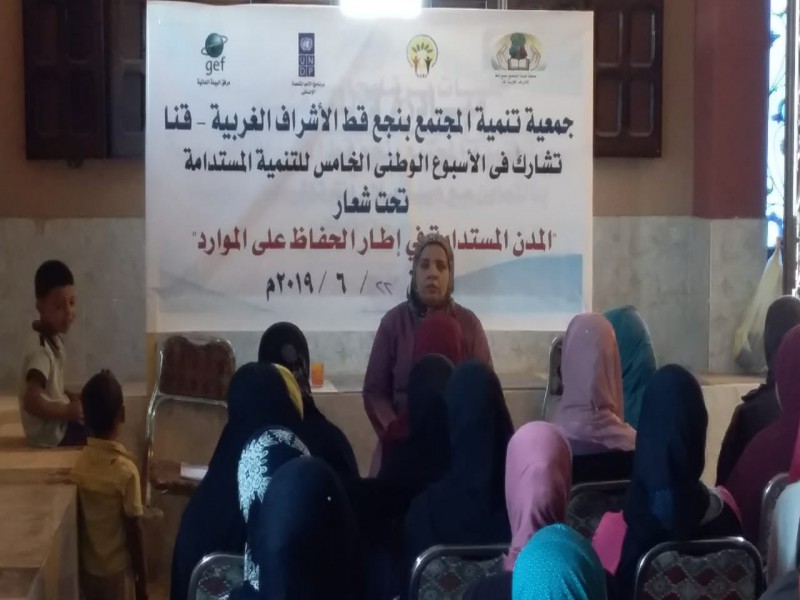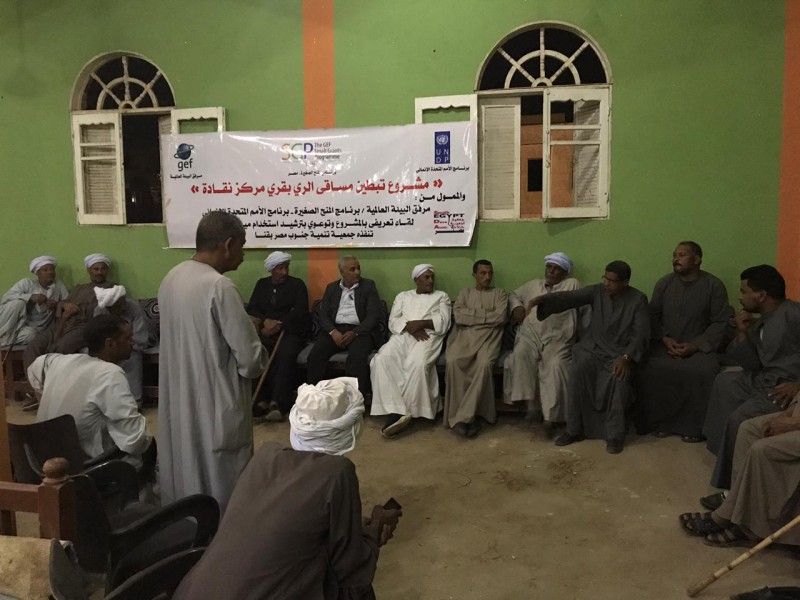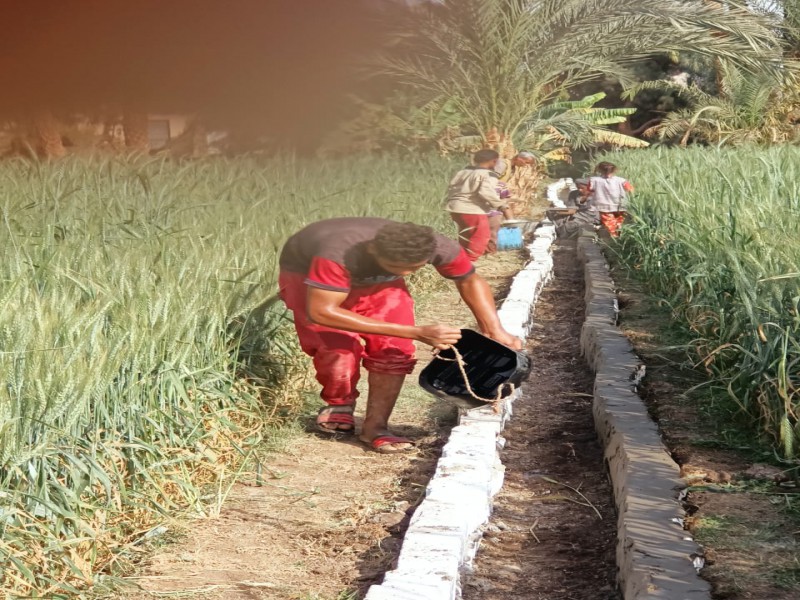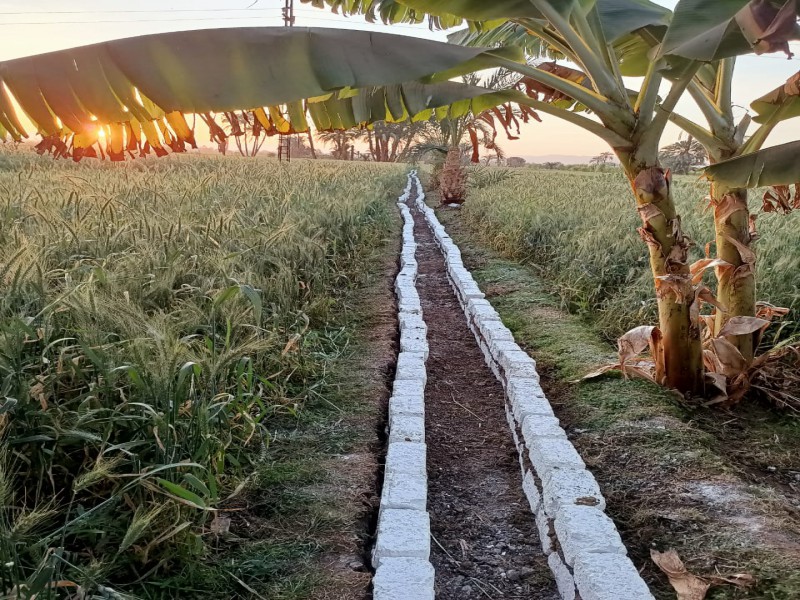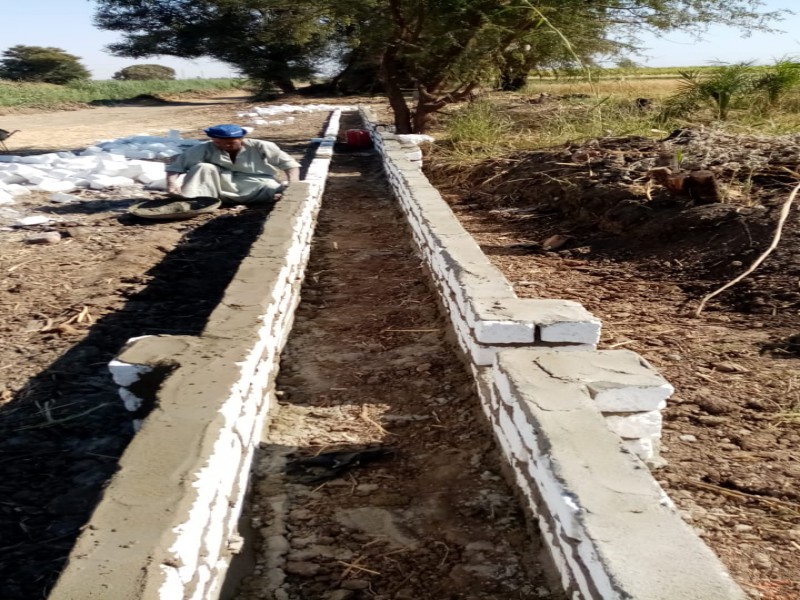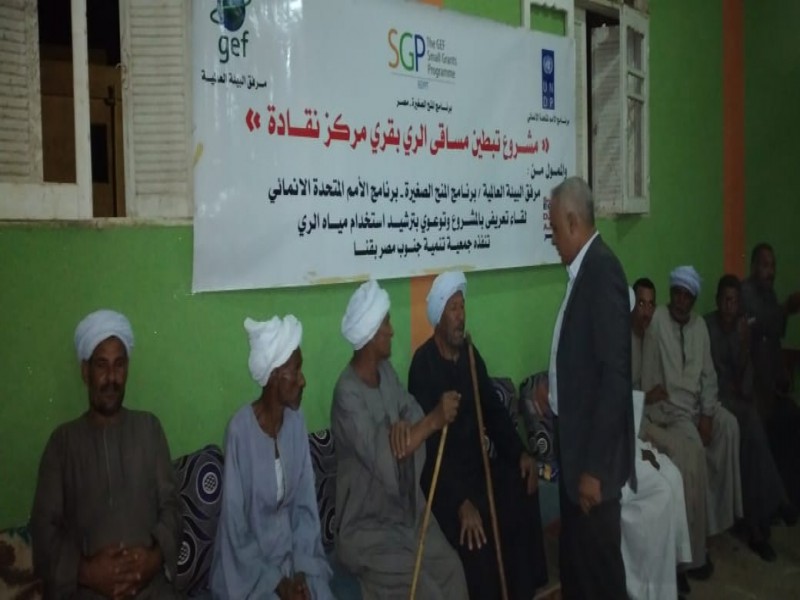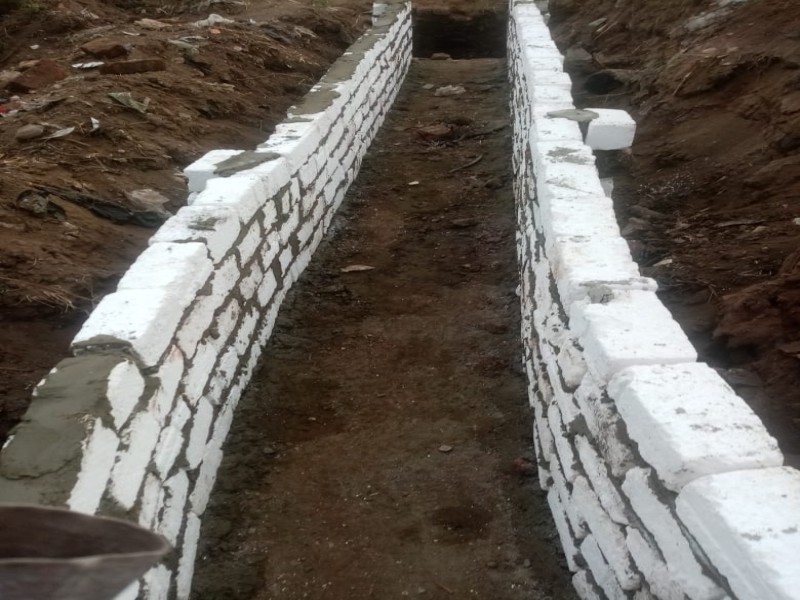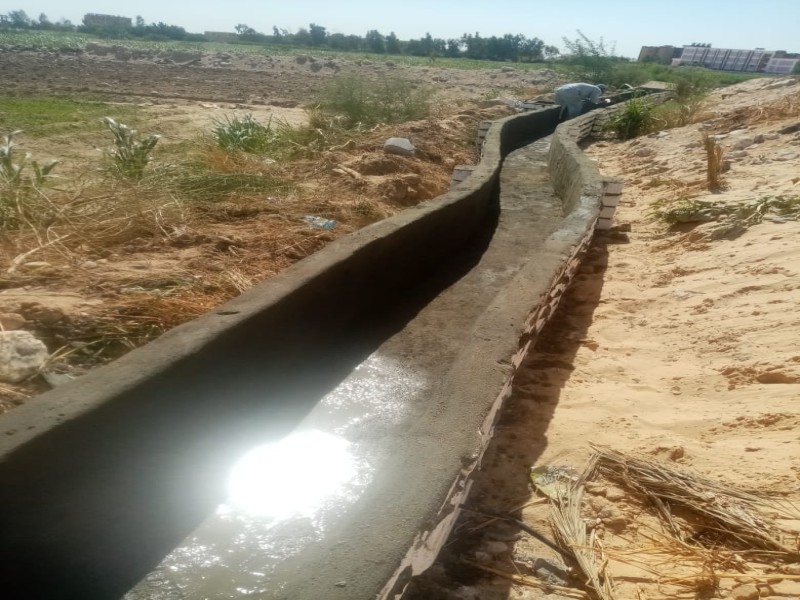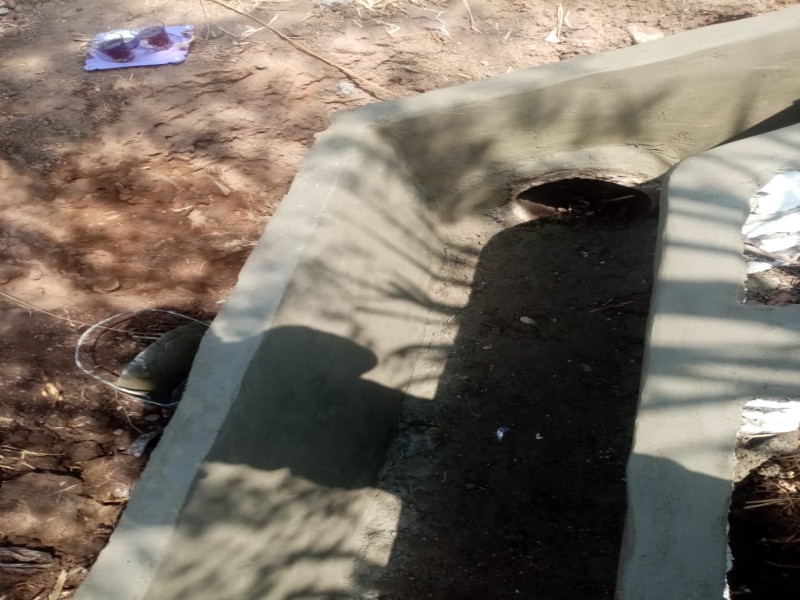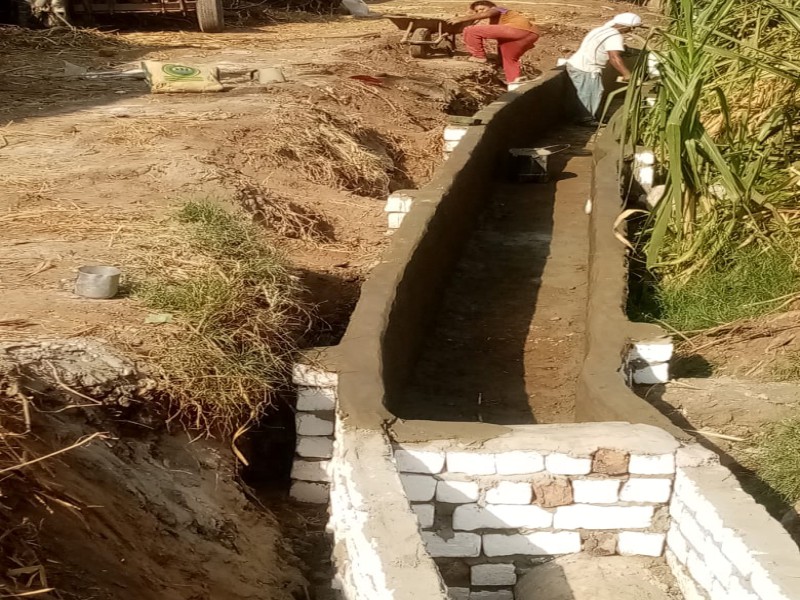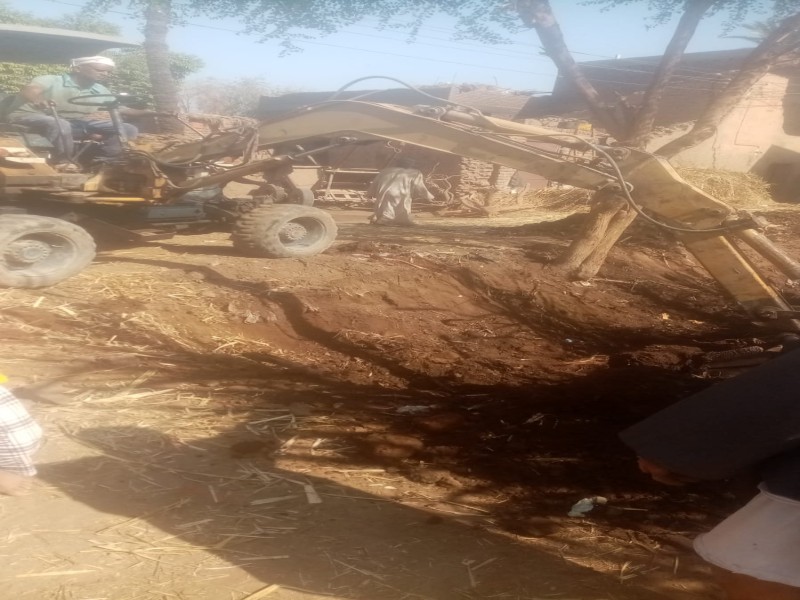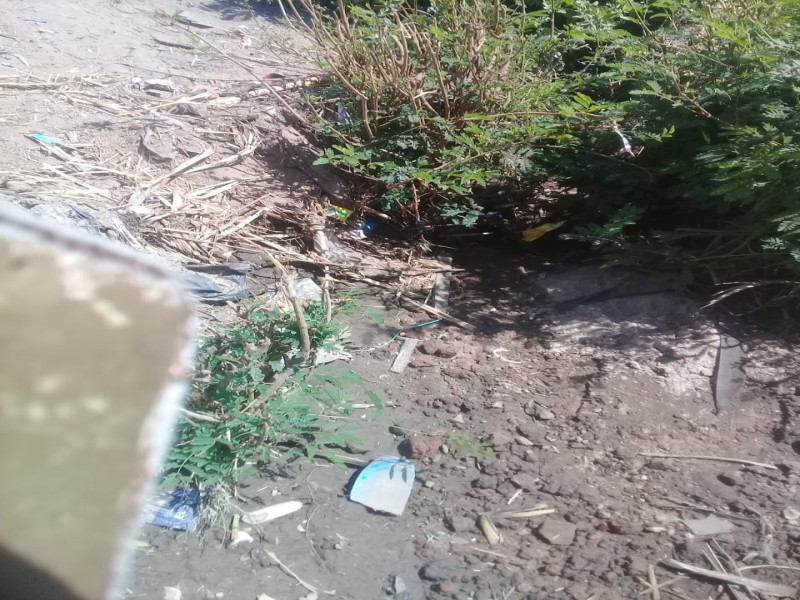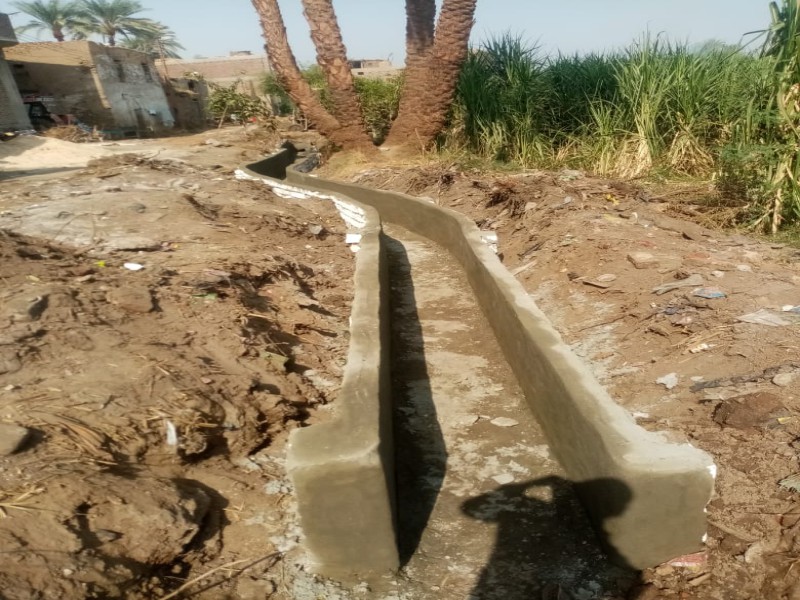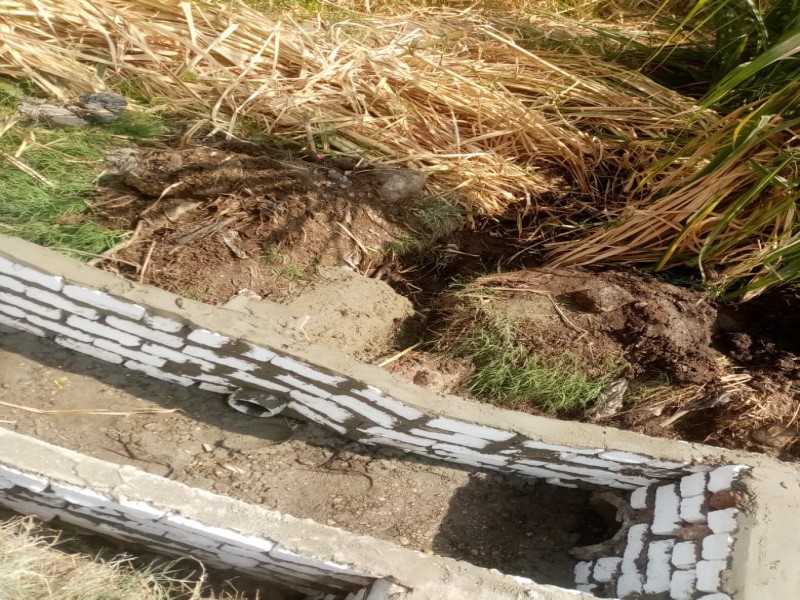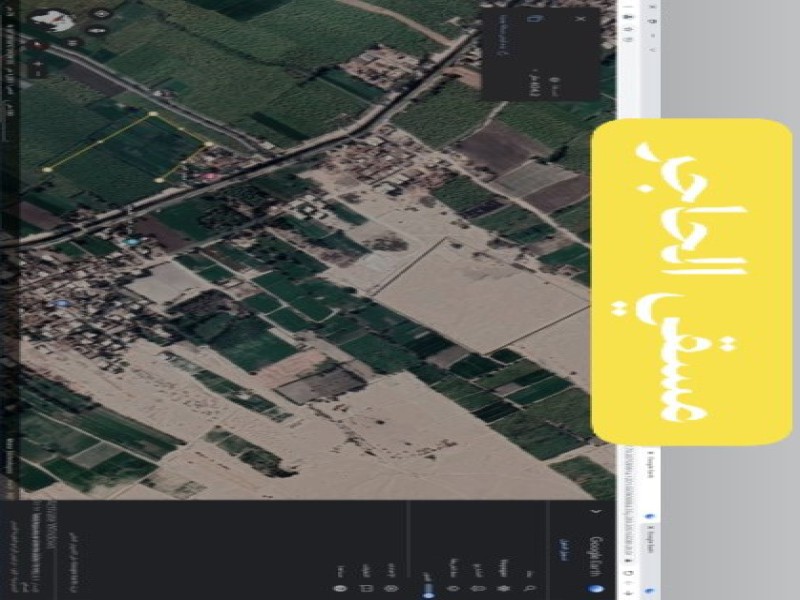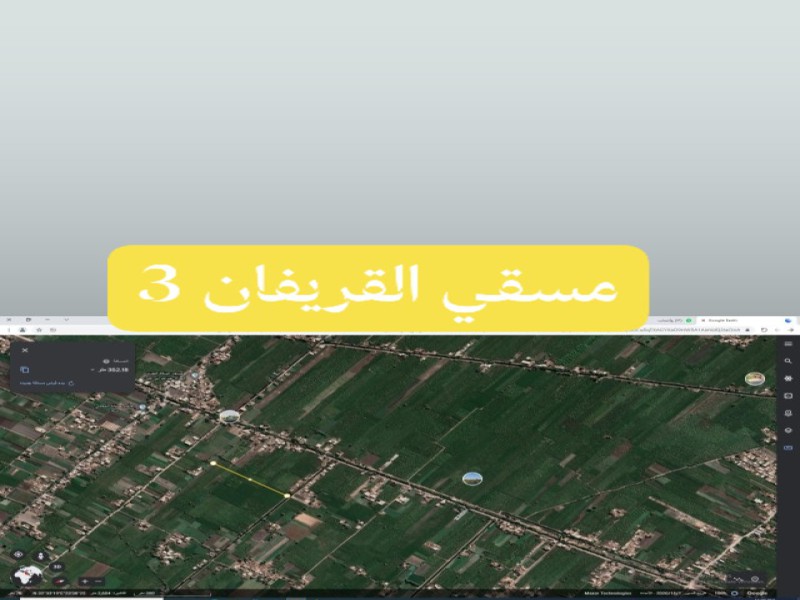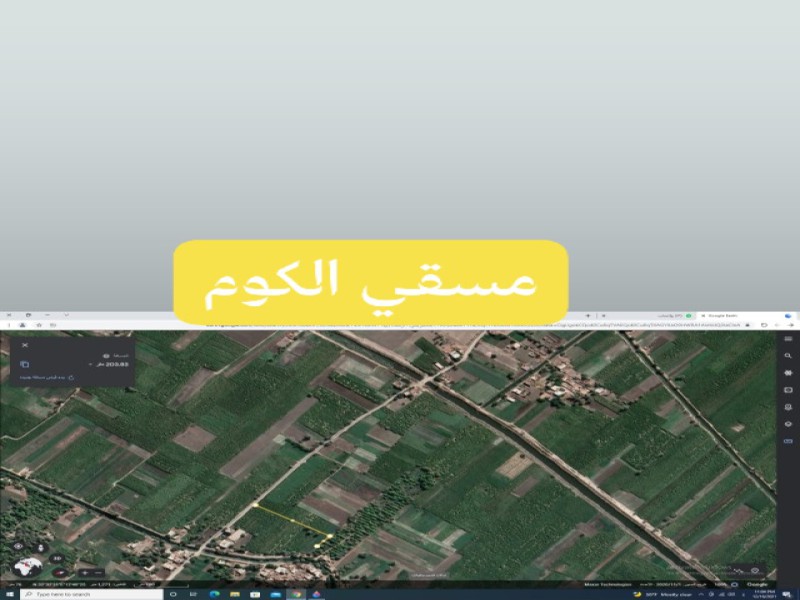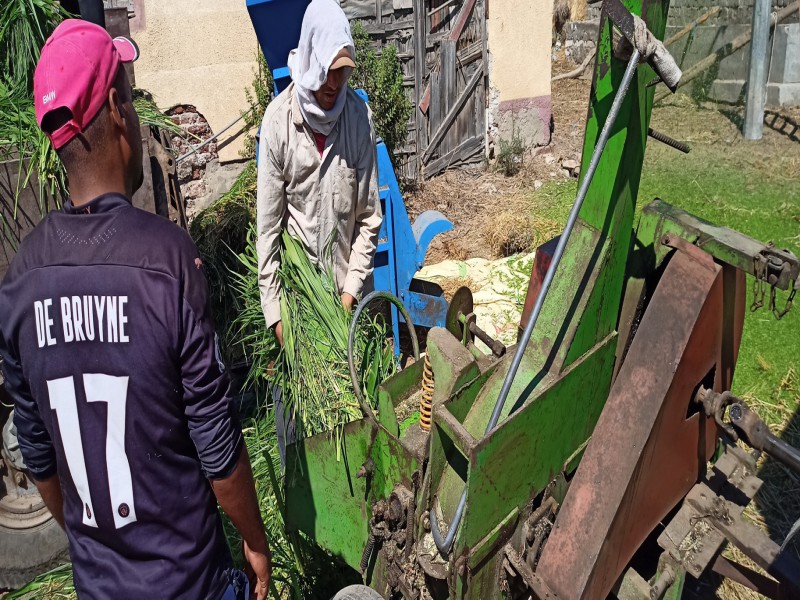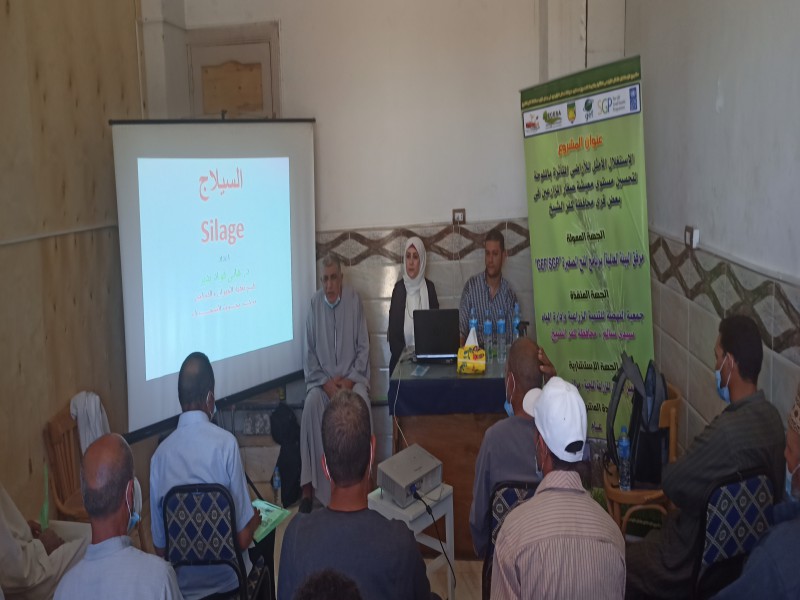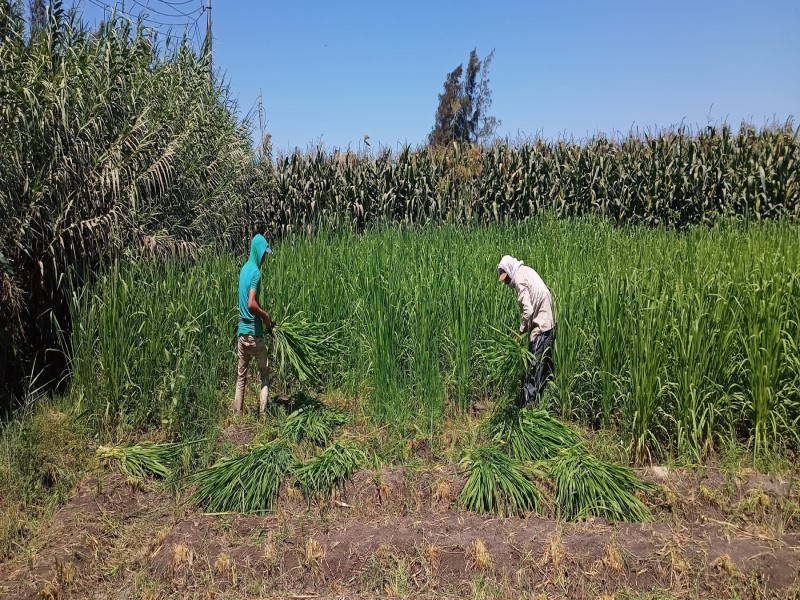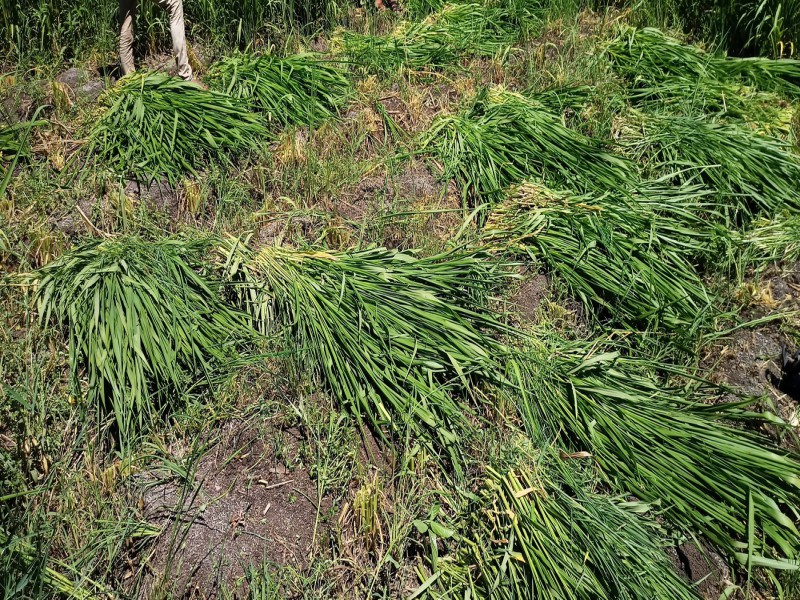Land degradation is the reduction , or total loss, of the productivity of soils caused by changes in their inorganic and organic constituents and the natural balance between them.
Land degradation is a complex process involving several physical, chemical and biological factors.
Studies have shown that 15% of the total land area in the world is degraded to varying degrees.
From this area, 55% has been degraded by water erosion; 28% by wind erosion; and 12% by chemical factors (salinization, water-logging, etc).
The main causes of this land degradation are overgrazing, which accounts for 34% of the degraded area; deforestation, 29%; agricultural activities, 28%; over-exploitation, 7%; and other activities, 1%.
Land degradation in arid and semi-arid regions is known as “desertification”.
It is estimated that about 30% of irrigated land, 47 % of rainfed cropland, and 73% of rangeland in these areas have been affected by desertification to varying degrees.
Land degradation causes many environmental, social and economic problems. For example, migration from rural to urban areas, incidence of famines in areas affected by recurrent droughts, especially in African countries.
In addition, land degradation leads to the loss of stored carbon in the soil system, with consequent rise in carbon dioxide emissions into the atmosphere.
In other words, there is a close relationship between the problems of land degradation and climate change.
Furthermore, land degradation leads to several negative impacts on biodiversity in the affected areas.
In spite of the different national and international efforts since the convening of the United Nations Conference on Desertification in 1977, very modest progress has been made in curbing land degradation.
AGENDA-21, adopted by the Earth Summit convened in 1992, emphasized the importance of dealing with land degradation, in order to achieve sustainable development.
In 1994, a United Nations Convention on Combating Desertification was formulated.
Since then over 140 countries ratified this convention and started to formulate National Action Programmes to deal with land degradation.
Egypt has four main agro-ecological zones: the northern coastal belts; the Nile Valley and the near-by reclaimed desert areas; inland areas in the Eastern Desert and Sinai; and the Western Desert, oases and southern agricultural extension areas.
The main factors of land degradation in the northern coastal belts are: degradation of rangelands due to overgrazing, wind and water erosion, conversion of rangelands in rainfed croplands; and inappropriate land and water management and limitation of effective public participation.
In the Nile Valley and reclaimed desert fringes the land degradation is due to: water-logging, increase in salinity and alkalinity of soils; excavation of top soil and urban expansion on cultivated lands, soil pollution by agrochemicals and effluents from industries and other sources; and adoption of inappropriate soil and water practices.
Lands in the Eastern Desert and Sinai are degraded due to: water and wind erosion; inappropriate management practices; and overgrazing.
The main factors of land degradation in the Western Desert and Oases are: over-exploitation of soils and ground water resources through inappropriate cropping patterns; sand encroachment and movement of sand dunes; inappropriate management practices of soil and water resources leading to increases of salinity, alkalinity and pollution; social and economic constraints.
Many efforts are under way to deal with land degradation. Several of these efforts have been supported by international and/or regional organizations.
Example of important major projects include: improvement of soil properties; improvement of drainage in agricultural areas; rational use of irrigation; planting salt-tolerant varieties of crops and plants, etc.
Most of these projects are geared towards improved land use, to promote sustainable development.



